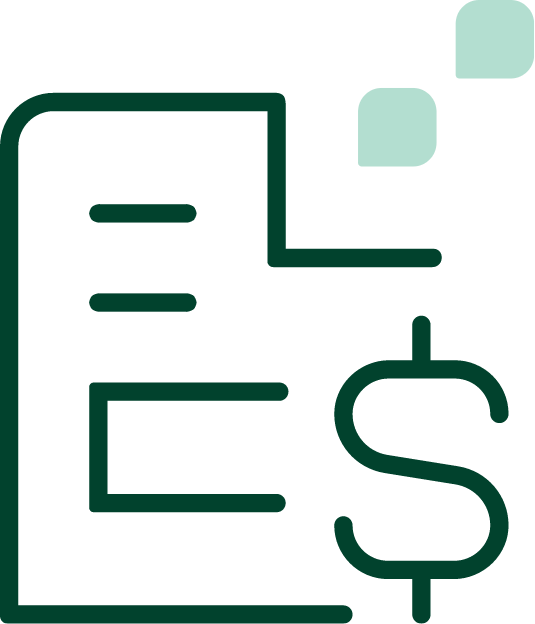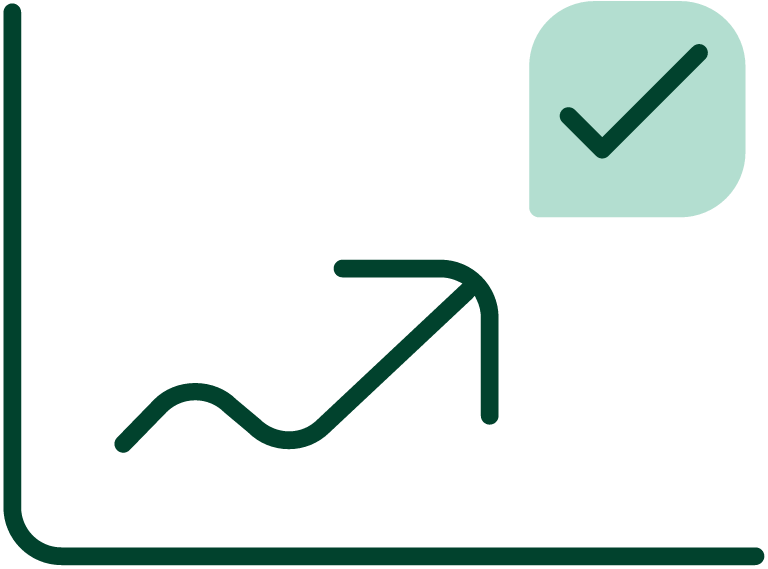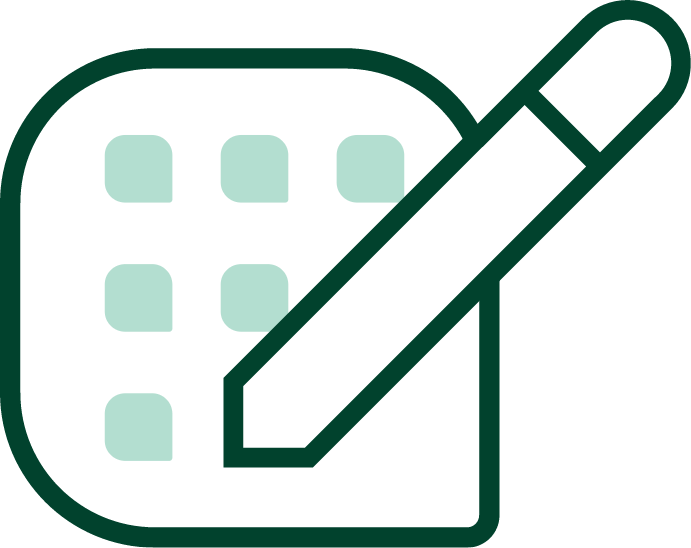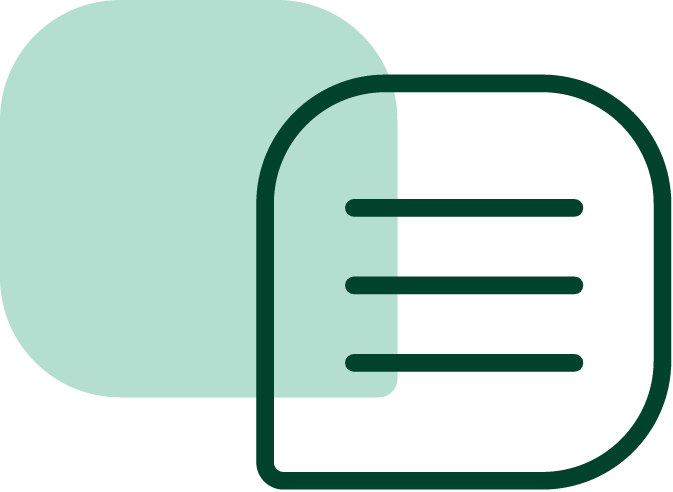Bad debt expense is the value of uncollectible payments. It occurs when a customer either cannot pay due to financial difficulties or refuses to pay due to a dispute over the product or service. It is important for companies to understand how to find bad debt expense and keep track of it so that they have an accurate picture of its financial standing.
How to Calculate Bad Debt Expense
There are two methods for calculating bad debt expense. Regardless of the method used, companies record the bad debt expense on the income statement. .
Method 1) Direct Write-offs
This method is straightforward, simply recording the bad debt on an income statement as a write-off or uncollectible payment. It records the bad debt as a write-off only after it is certain that it cannot be collected, which may take months or even years.
However, accounting departments do not usually use this method since it requires waiting until the bad debt is uncollectible and records it as an expense in the accounting records.This means that the recognition of bad debt can be delayed, making financial statements inaccurate. As a result, this method is also not Generally Accepted Accounting Principles (GAAP) – compliant, a regulation many public companies and businesses in regulated industries must adhere to.
Accounting departments typically prefer the allowance method instead for calculating bad debt expense.
Method 2) Allowance
The allowance method estimates losses at regular intervals, debiting it towards doubtful accounts expense and crediting it in the accounts receivable. The benefit of this method is that it can be recorded closer to the time of the transaction, providing for a more accurate picture of the company’s cash flow. It is also the method approved by GAAP.
How to Estimate Bad Debt Expense
There are three different methods for estimating bad debt expense, each with a different method for how to record bad debt expense in the company’s books.
Method 1) Percentage of sales
The formula for the percentage of sales is:
Bad debt expense = Percentage of sales estimated uncollectible X actual credit sales
The bad debt expense formula for percentage of sales is composed of two metrics:
- Percentage of sales estimated uncollectible: This is the historical average uncollected credit sales divided by the historical average annual credit sales.
- Actual credit sales: These are invoice receivables for goods or products purchased that will be paid at a later date.
For example, here is the percentage of sales estimated uncollectible for a manufacturing company, assuming:
- Historical average annual credit sales: $20,000,000
- Historical average uncollected credit sales: $2,500,000
Would be: $20,000,000 or .125 = 12.5%
$2,500,000
If that same manufacturing company had an actual credit sales for that same period of $3,000,000, the bad debt expense would be $375,000 (.125 X 3,000,000).
The percentage of sales method is unlike the percentage of accounts receivable below in that it focuses on bad debt as an expense within a given sales period. Since it does not take accounts receivable into consideration, however, the disadvantage is that the percentage of sales method can significantly underestimate a company’s bad debt.
Method 2) Percentage of accounts receivable
The formula for the percentage of accounts is:
Bad debt expense = Percentage receivables estimated uncollectible X receivables balance
The bad debt expense formula for percentage of accounts receivable is composed of two metrics:
- Percentage accounts receivable estimated uncollectible: This is a predetermined percentage to the total accounts receivable based on the historical average and subject to the financial management’s analysis.
- Receivables balance: Total payments owed to the company for services and goods rendered.
For example, here is the bad debt expense for a retail company, assuming:
- Historical average accounts receivable: $7,000,000
- Historical cash collected from accounts receivable: $5,200,000
- Historical percentage of uncollected receivables: 7%
Would be: .07 X $7,000,000 = $490,000
The calculation here is similar to the percentage of sales, except that it uses accounts receivables metrics instead of sales metrics. After calculating the percentage of receivables that is estimated to be uncollectible, it uses this metric to adjust the allowance for doubtful accounts. The bad debt expense is the amount necessary to adjust the allowance to the estimated level.
Method 3) Accounts receivable aging
A subset of the percentage of accounts receivable method assigns specific bad debt percentages based on different aging categories. For example, the probability that an invoice becomes an uncollectible payment increases with time, so customers with invoices 60 and 90 days overdue would have higher percentages of default assigned to those invoices than those with invoices only 30 days late.
Here’s an example of an aging report with probabilities of default according to different time periods for the purpose of calculating bad debt:
| Customer |
Total AR |
0- 30 | 31-60 | 61-90 |
91+ |
| X |
$6,000,000 |
$550,000 | |||
| Y |
$9,000,000 |
$350,000 | $750,000 | ||
| Z |
$2,500,000 |
$200,000 |
$400,000 |
||
| Probability of default | .10% | 7% | 10% |
17% |
|
| Total |
$17,500,000 |
$550,000 | $550,000 | $750,000 | $400,000 |
This method is one of the most granular and helps accounts receivable teams have a more exact estimate of their bad debt expense.
How Gaviti’s Accounts Receivable Proactively Minimizes Bad Debt Expense
Although companies want to avoid bad debt expense at all costs, it’s unavoidable. It’s not that customers won’t pay, sometimes they just aren’t able to pay. That’s why bad debt expense is an important metric to keep track of if you want a true picture of your financial standing.
However, by streamlining and automating the A/R process with Gaviti’s autonomous invoice to cash accounts receivable platform, you can proactively guard against bad debt expense.
Gaviti’s modules include:
- A/R Collections. Increase engagement and response to your emails with timely payments from fully personalized dunning workflows and unlimited segmentation. Escalate collections with the help of an AI autonomous process that loops in people as needed.
- A/R Analytics. Get more accurate predictive analytics, such as predicting future bad debts and risky customers based on past bad debts of customers with similar credit and payment histories with KPIs and reports updated in real time.
- Cash Application. Increase accuracy of cash application with AI-powered remittance matching and remittance portal automation. Accelerate payments by avoiding disputes and eliminating manual processes.
- Customer Self-Service Portal. Enable customers to pay 24/7 with multiple payment options and easily engage with your A/R team and solve common requests independently, mitigating the risk of unpaid or overdue invoices turning into bad debt.
- Credit Management and Monitoring. De-riskify decision making with a quick and easy credit review, proactive flagging of risky clients and enforceable credit limits. Includes an AI copilot that gathers information and makes suggestions in terms of credit management and onboarding of new clients so that you can minimize the risk of bad debt.
- Dispute Management. Resolve and close disputes in under an hour with alerts with customizable workflows for tracking and routing and resolutions that are communicated in real-time. Discover trends in disputes, leveraging the information to resolve future disputes faster and reducing the likelihood of overdue or unpaid invoices.
Want to get started streamlining and automating your accounts receivable with Gaviti’s autonomous invoice to cash accounts receivable platform? Get a demo today!





















